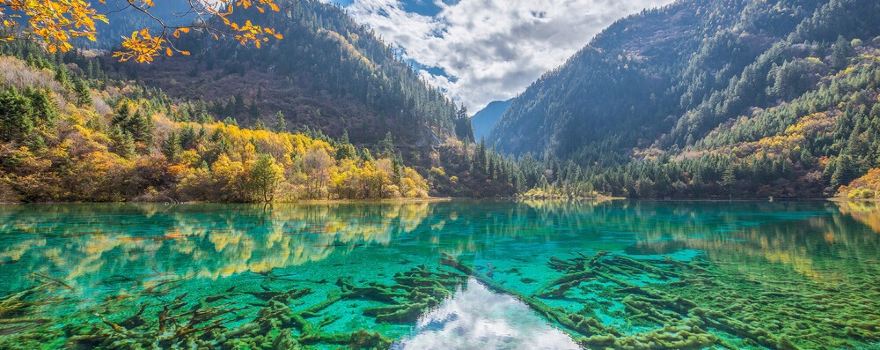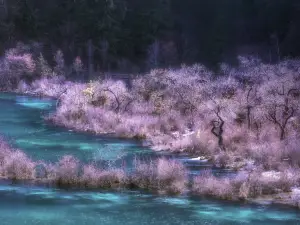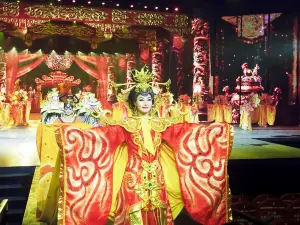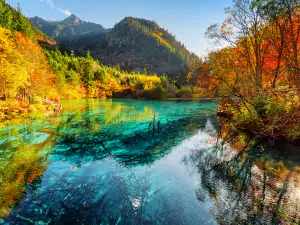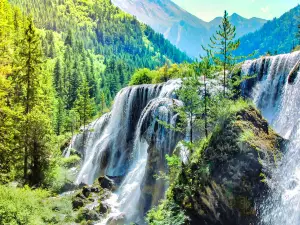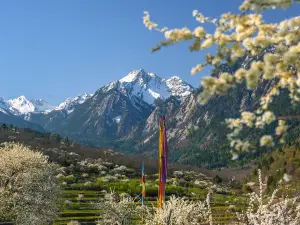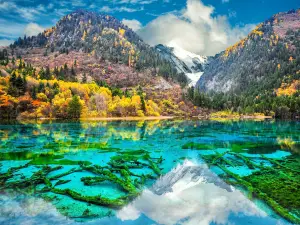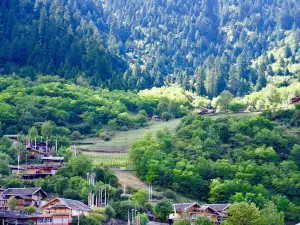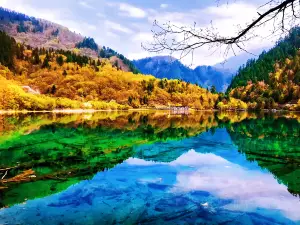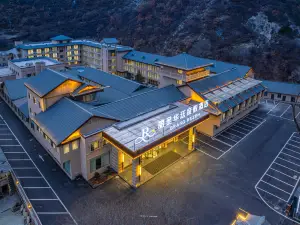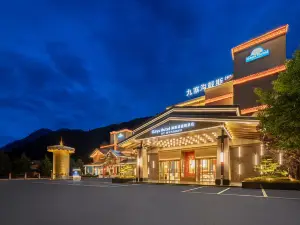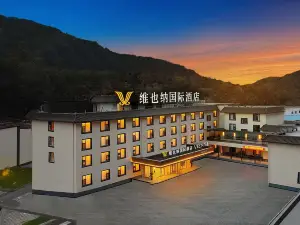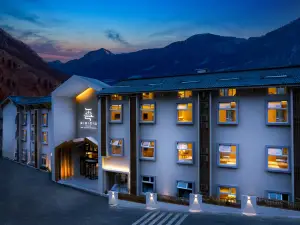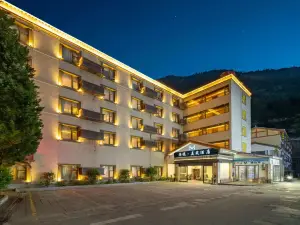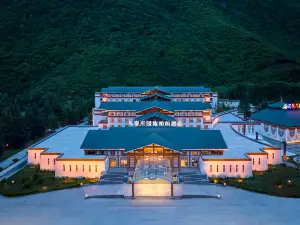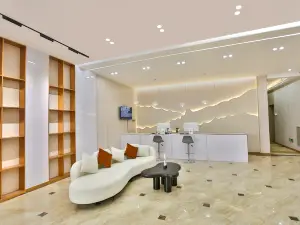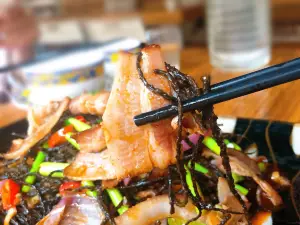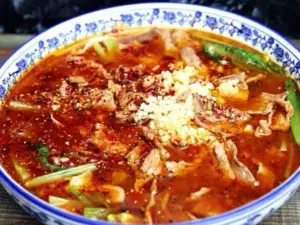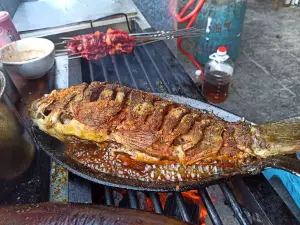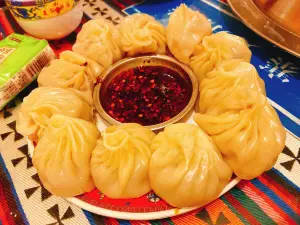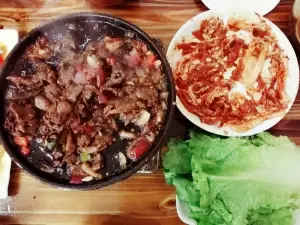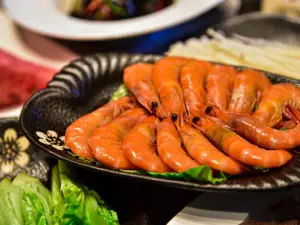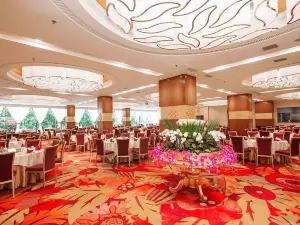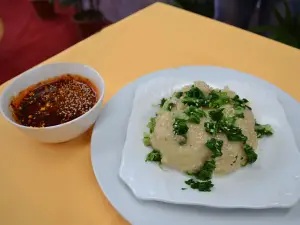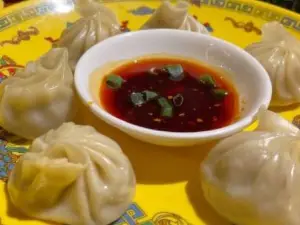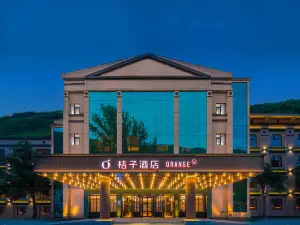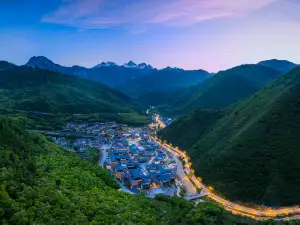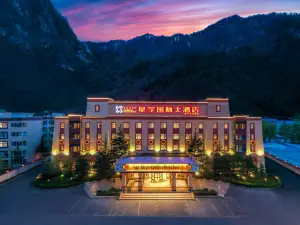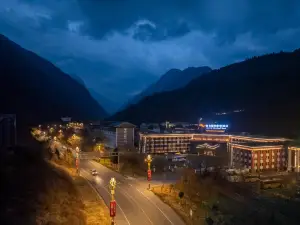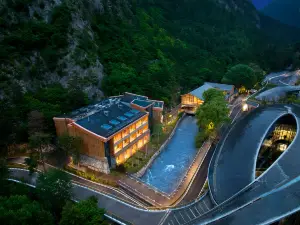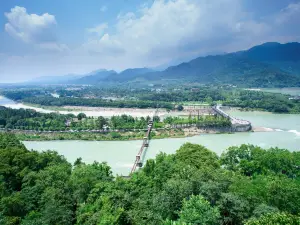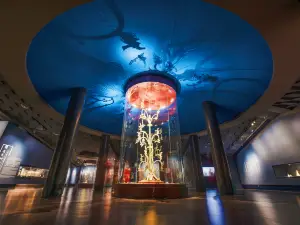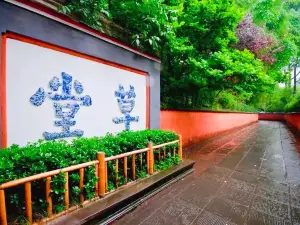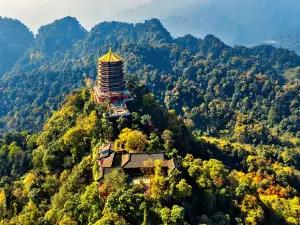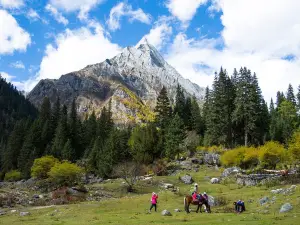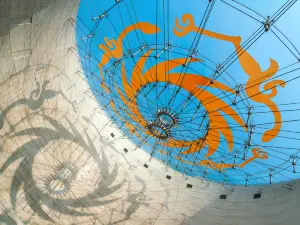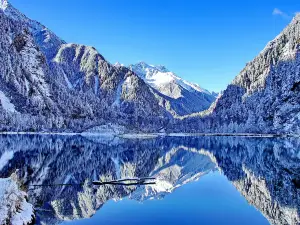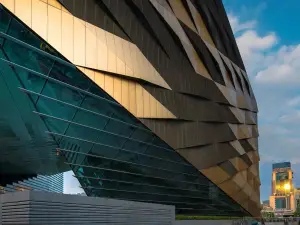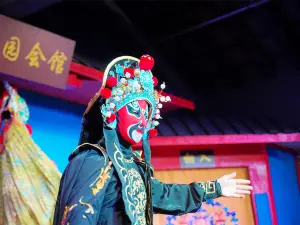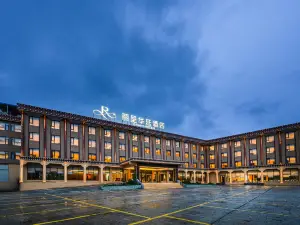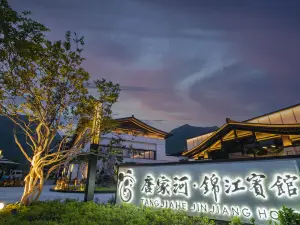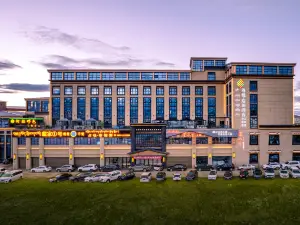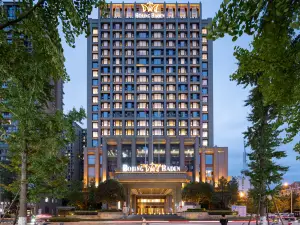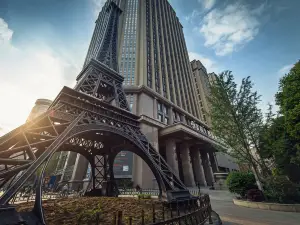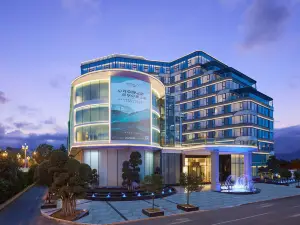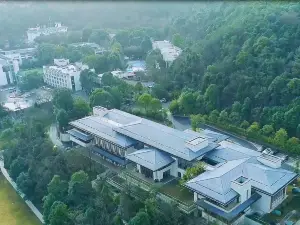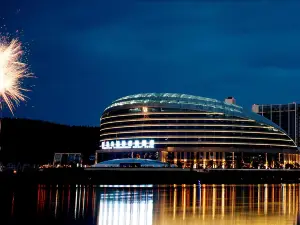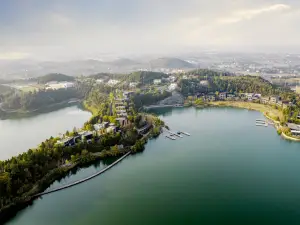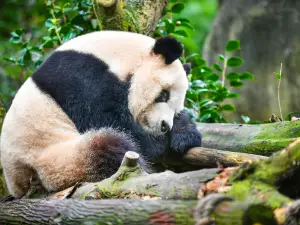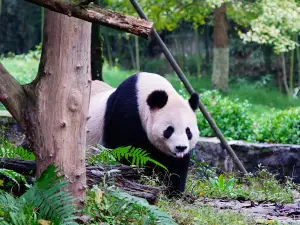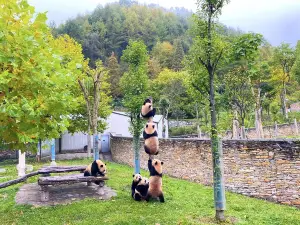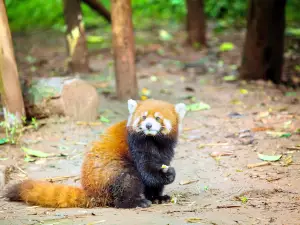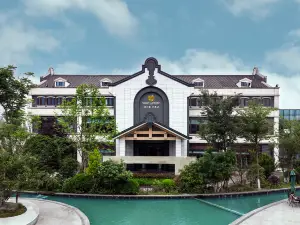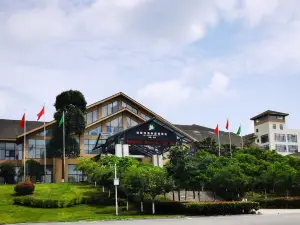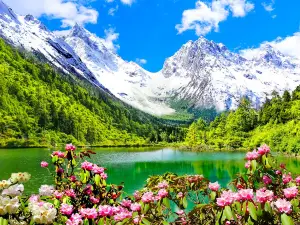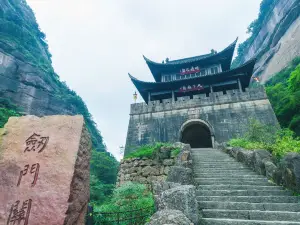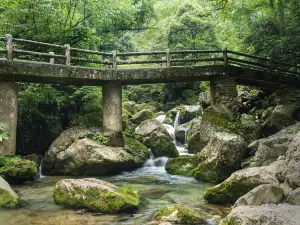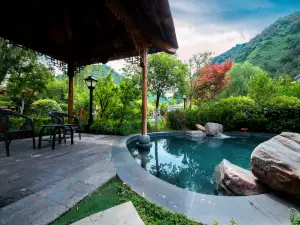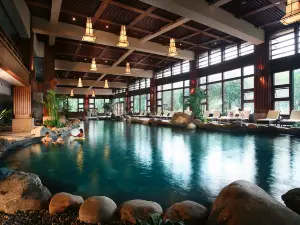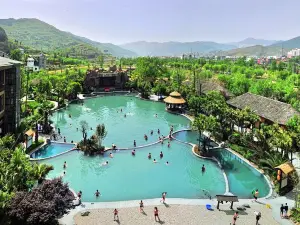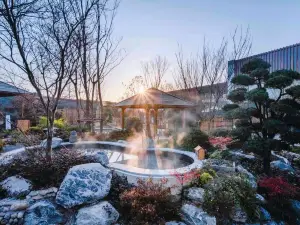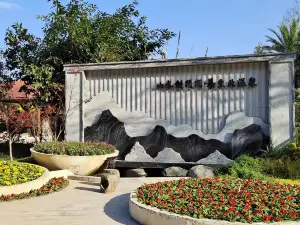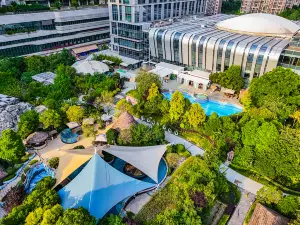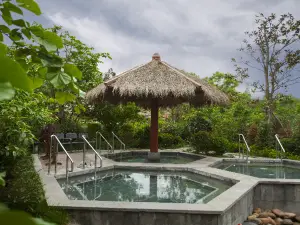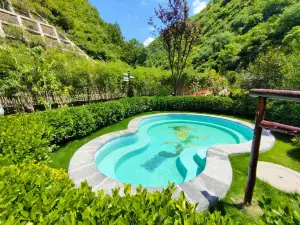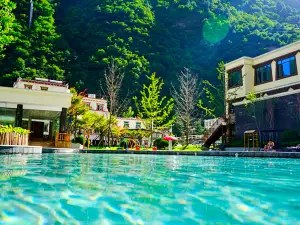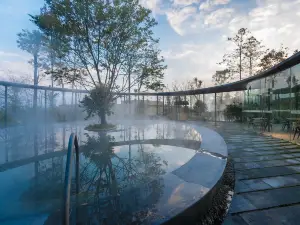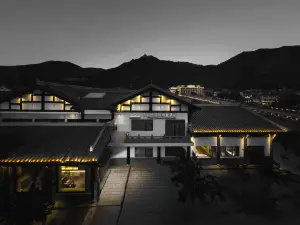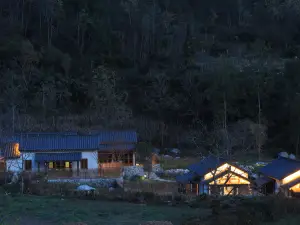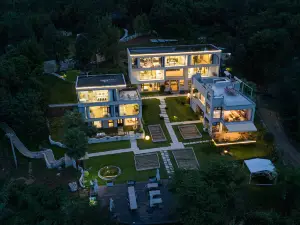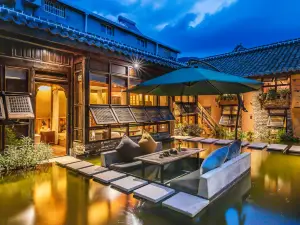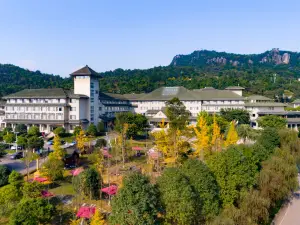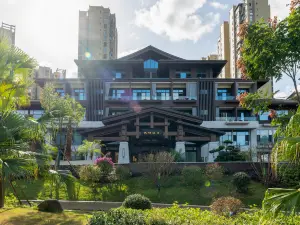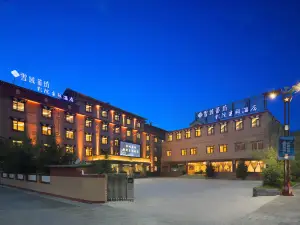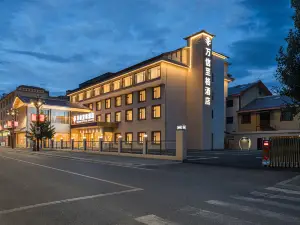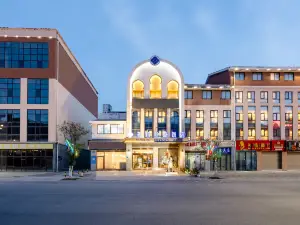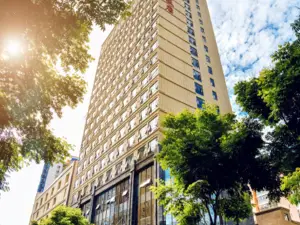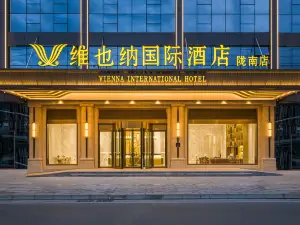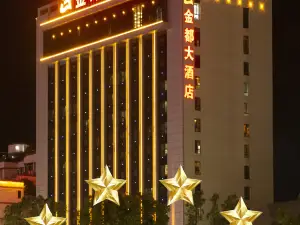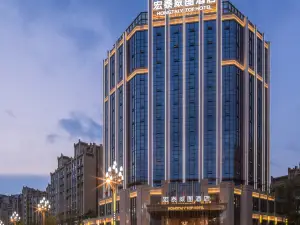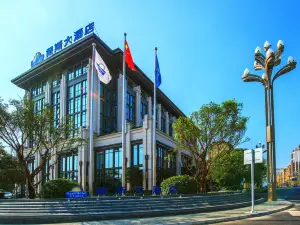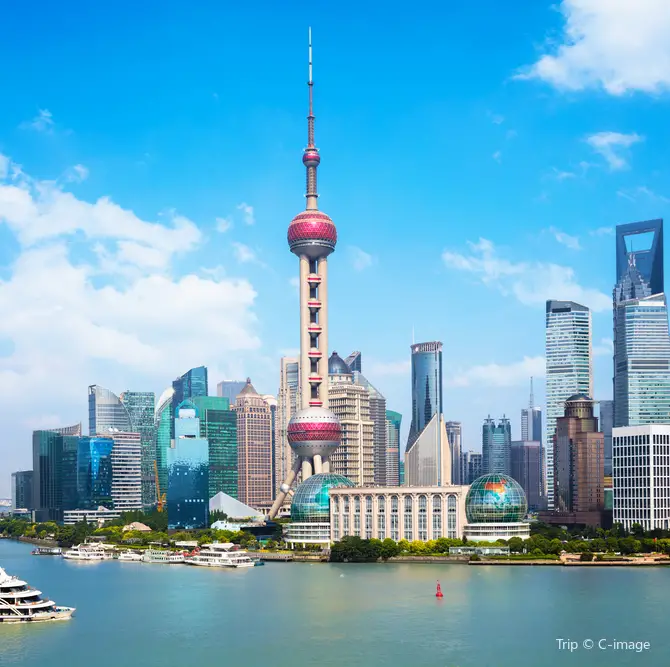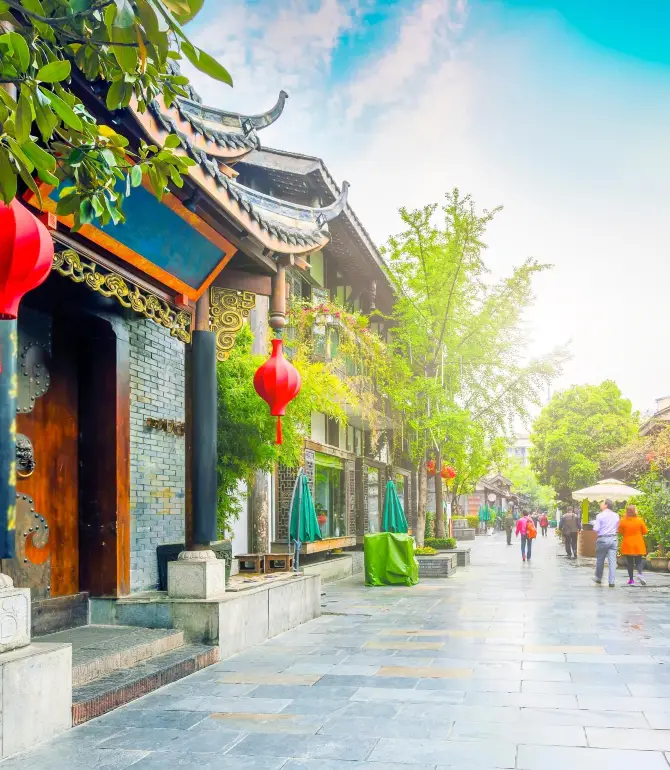Things to Do in Jiuzhaigou in 2025 - Top Attractions, Local Food, Hotels & Travel Tips (Updated April, 2025) | Trip.com
About Jiuzhaigou
Recommended trip: 3–4 day(s)
Recommended trip: 3–4 day(s)Current Weather Conditions
Jiuzhaigou Local Experiences Map

Trending in Jiuzhaigou
Jiuzhaigou Local Travel Guide 2025
Jiuzhaigou Brief Guide
Jiuzhaigou is a scenic area famous throughout China. It is located in Sichuan's Aba Tibetan and Qiang Autonomous Prefecture. Within the scenic area, there are breathtakingly beautiful primordial forests. There are also a huge number of lakes, which are so vast and vibrant that they are often called "oceans". The many "oceans" of Jiuzhaigou have sparkling clear water. Under the bright rays of the sun, the water and the surrounding plant life are painted exquisitely beautiful shades of jade and turquoise. Jiuzhaigou has a high-altitude climate, so there is a big temperature difference between early morning and evening. Be sure to dress in layers and pack warm clothing.
Jiuzhaigou Must-try Local Experiences
1. Explore the Majestic Jiuzhai Valley National Park Immerse yourself in Jiuzhai Valley National Park's beauty, featuring vibrant lakes, waterfalls, and snow-capped peaks. Highlights include Five Flower Lake, Nuorilang Waterfall, and Changhai. 2. Hike through the Scenic Valleys Explore Jiuzhai Valley National Park's valleys with trails through lush forests, clear lakes, and panoramic viewpoints. Notable spots include Panda Sea, and Nuorilang Waterfall. 3. Experience the Tibetan Culture Engage with Tibetan culture by visiting local villages, attending dance performances, and participating in traditional activities like prayer flag hanging and butter tea tasting. 4. Witness the Beauty of the Jiuzhaigou Ice and Snow Festival Visit Jiuzhaigou in winter for the Ice and Snow Festival, featuring ice sculptures, festive performances, and a winter wonderland atmosphere. 5. Celebrate the Tibetan New Year (Losar) Experience Losar, the Tibetan New Year, in late January or February with traditional rituals, feasts, and cultural performances. 6. Sample the Flavors of Tibetan Cuisine Indulge in Tibetan dishes like yak meat, momos, and butter tea, experiencing the unique flavors and ingredients of the region. 7. Discover Unique Souvenirs at Local Markets Explore Jiuzhaigou's markets for Tibetan handicrafts like jewelry, prayer wheels, and Thangka paintings, perfect for souvenirs.
Jiuzhaigou Must-see Attractions
Jiuzhaigou is a UNESCO World Heritage Site renowned for its diverse and vivid landscapes including colorful lakes, lush forests, and cascading waterfalls, hosting a rich biodiversity with rare species like the giant panda, and offering year-round natural beauty enhancing its appeal for photographers and nature enthusiasts.
Jiuzhaigou Food Guide
Jiuzhaigou's cuisine is famed for its unique and varied flavors. Local specialties include yak meat, highland barley cakes, and potato glutinous rice cakes, each embodying the distinct culinary traditions of the region and showcasing the unique taste that Jiuzhaigou has to offer.
Jiuzhaigou Transportation
Jiuzhaigou's transportation network primarily consists of an airport and long-distance bus stations, which are essential for intercity travel and access to this scenic destination. Jiuzhai Huanglong Airport (IATA: JZH) serves as a crucial gateway to the region, connecting travelers to major cities such as Chengdu and Chongqing. Located in Songpan County, the airport is approximately 88 km from Jiuzhaigou Valley and offers facilities to assist passengers with altitude sickness due to its high elevation. To reach Jiuzhaigou from the airport, visitors can take airport buses or rent a car, with the journey taking about 1.5 hours. Jiuzhaigou's long-distance bus stations, including Jiuzhaigou County Bus Station and Jiuzhai Goukou Bus Station, provide connections to various cities within Sichuan Province and beyond. The bus stations are strategically located, with Jiuzhaigou County Bus Station situated in the city center and Jiuzhai Goukou Bus Station near the entrance to Jiuzhaigou Valley, making them accessible for travelers. Buses from Chengdu to Jiuzhaigou offer two routes, East Line and West Line, with the journey taking approximately 9 to 10 hours.
Jiuzhaigou Where to Stay
Jiuzhaigou offers a fascinating scope of accommodation options, mainly in three core areas: Jiuzhaigou Scenic Area, Jiuzhaigou Mouth Traveling Passenger Transportation Center, and the broader County area. These regions cater distinctively to the varying needs of travelers and offer unique experiences.
Jiuzhaigou Best Time To Visit
The best time to visit Jiuzhaigou is during autumn, particularly from late September to mid-October. This period is renowned for the valley's spectacular display of colorful foliage, with the leaves changing to vibrant hues of green, yellow, orange, and red, creating a breathtaking natural mosaic. The weather is also mild and comfortable, ideal for hiking and enjoying the stunning scenery. Autumn's cool and sunny climate, with average temperatures ranging from 13 to 23°C (55 - 73℉), makes it the perfect time to experience the cultural richness of the Tibetan and Qiang ethnic groups, alongside the natural beauty. Visiting in spring, particularly in April and May, is also recommended as the valley awakens with lush greenery and blooming flowers, offering a pure and vibrant landscape. The temperature during this season is pleasant, ranging from 9°C to 18°C, which is suitable for outdoor activities. However, it is important to note that the spring season may still be a bit cold, especially in early March, and visitors should be prepared for changeable weather.
Jiuzhaigou Useful Guide
Jiuzhaigou, a region rich in natural beauty and cultural heritage, is home to Tibetan and Qiang communities where Tibetan is commonly spoken. Standard Chinese and Sichuan dialects are also prevalent due to tourism. Visitors may find translation services at hotels or use language apps to bridge communication gaps. The multilingual environment reflects the area's diverse heritage and tourism influence. For effective communication, non-verbal cues like gestures and maps are helpful.
Trip.Best: Jiuzhaigou
Things to do in Jiuzhaigou
What to Do
Where to Stay
What to Eat
Jiuzhaigou Moments: Through Travelers' Eyes

Jiuzhai Valley is beautiful, but I really don't recommend going in March-April, because…

I gave up Dali for this place

1 Day Trip to Jiuzhaiguo

I had a two-way encounter with an otter in Jiuzhaigou on Lunar New Year's Day.

"May Day" Trip to Jiuzhaigou? A Foolproof Guide! March 2024 Edition!

Jiuzhaigou without the crowds is amazing.

Jiuzhai Valley was underwhelming. Sisters who plan to go should reconsider because...

Getting ripped off is a real thing… so when's the best time to visit Jiuzhaigou?
Best of Jiuzhaigou
Site Operator: Trip.com Travel Singapore Pte. Ltd.
